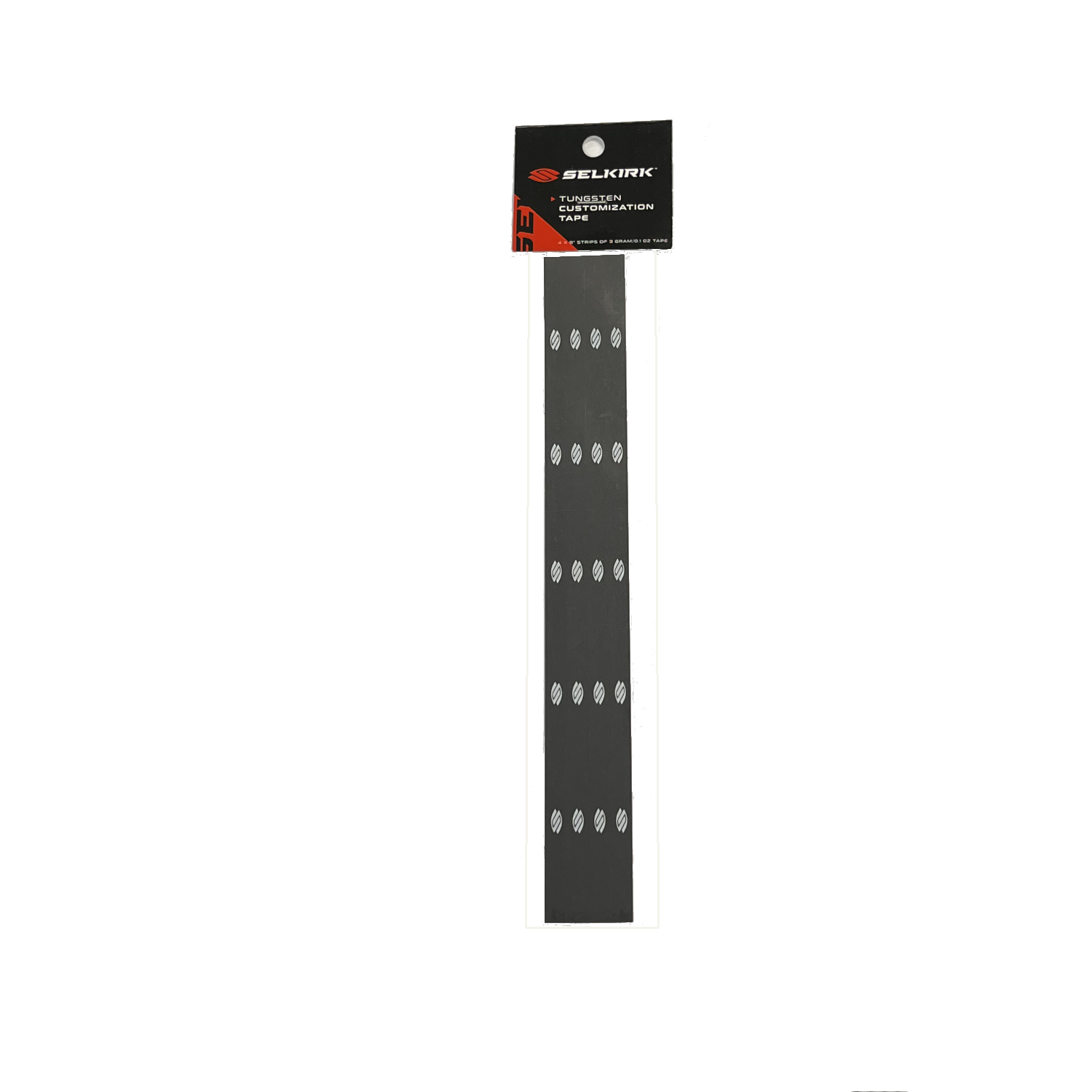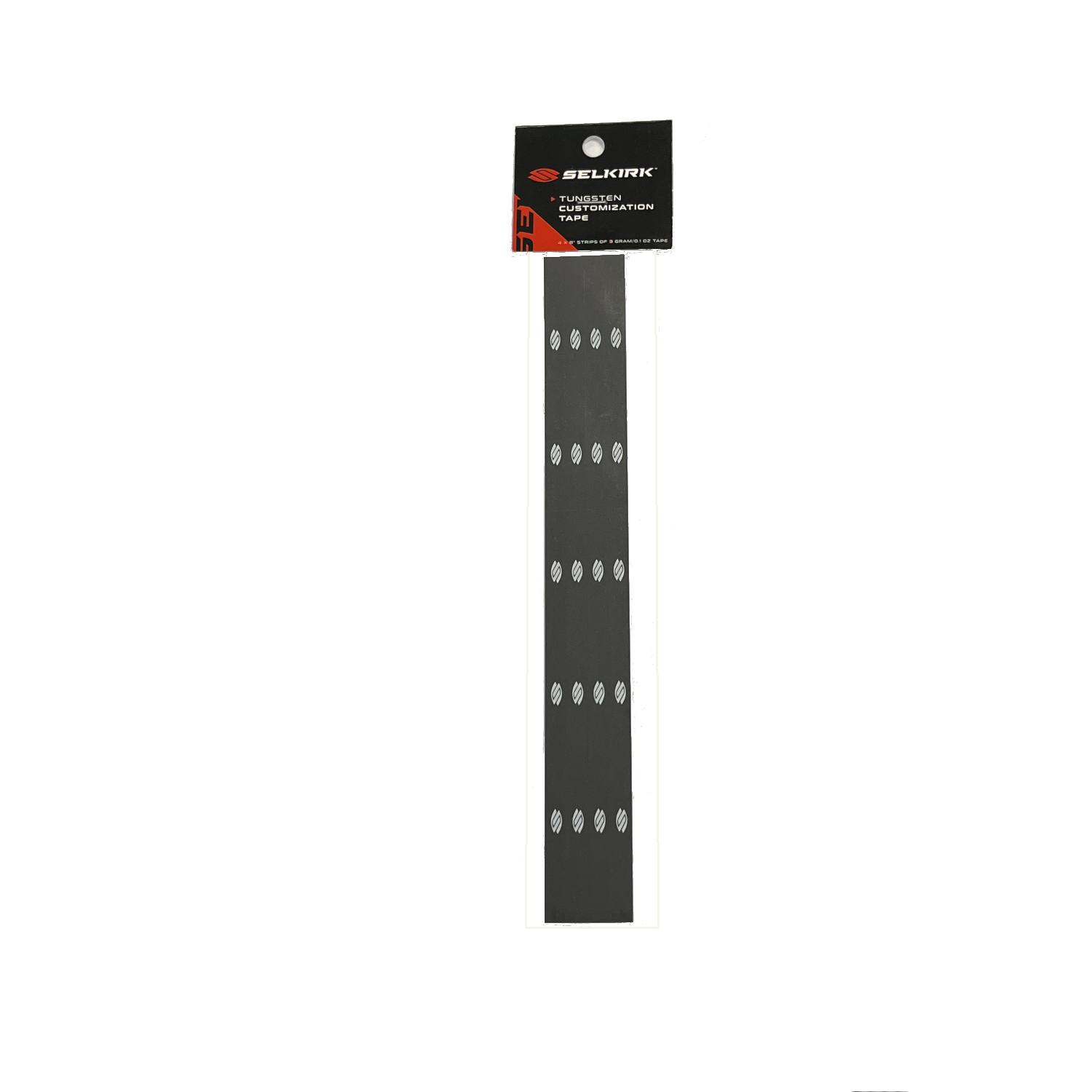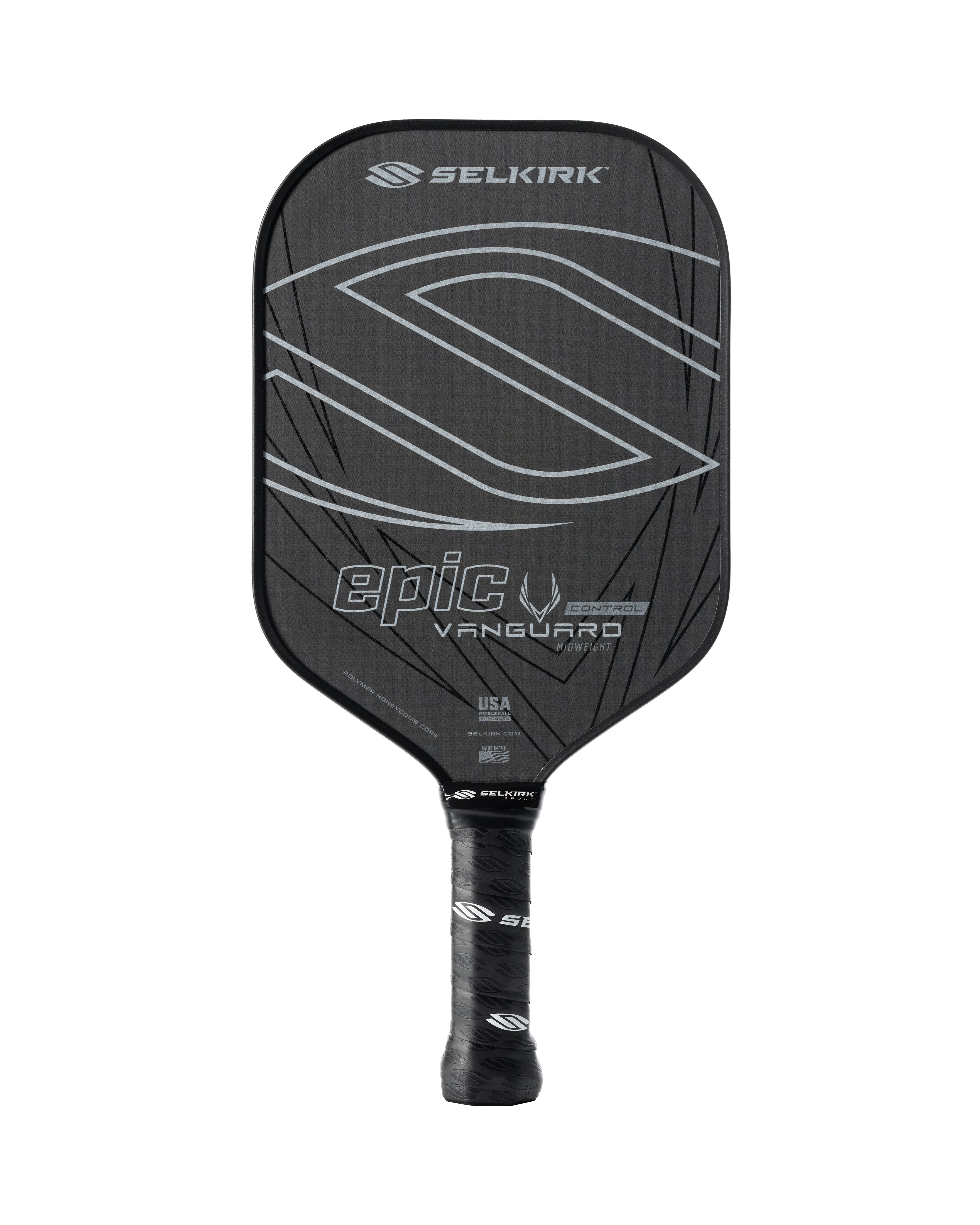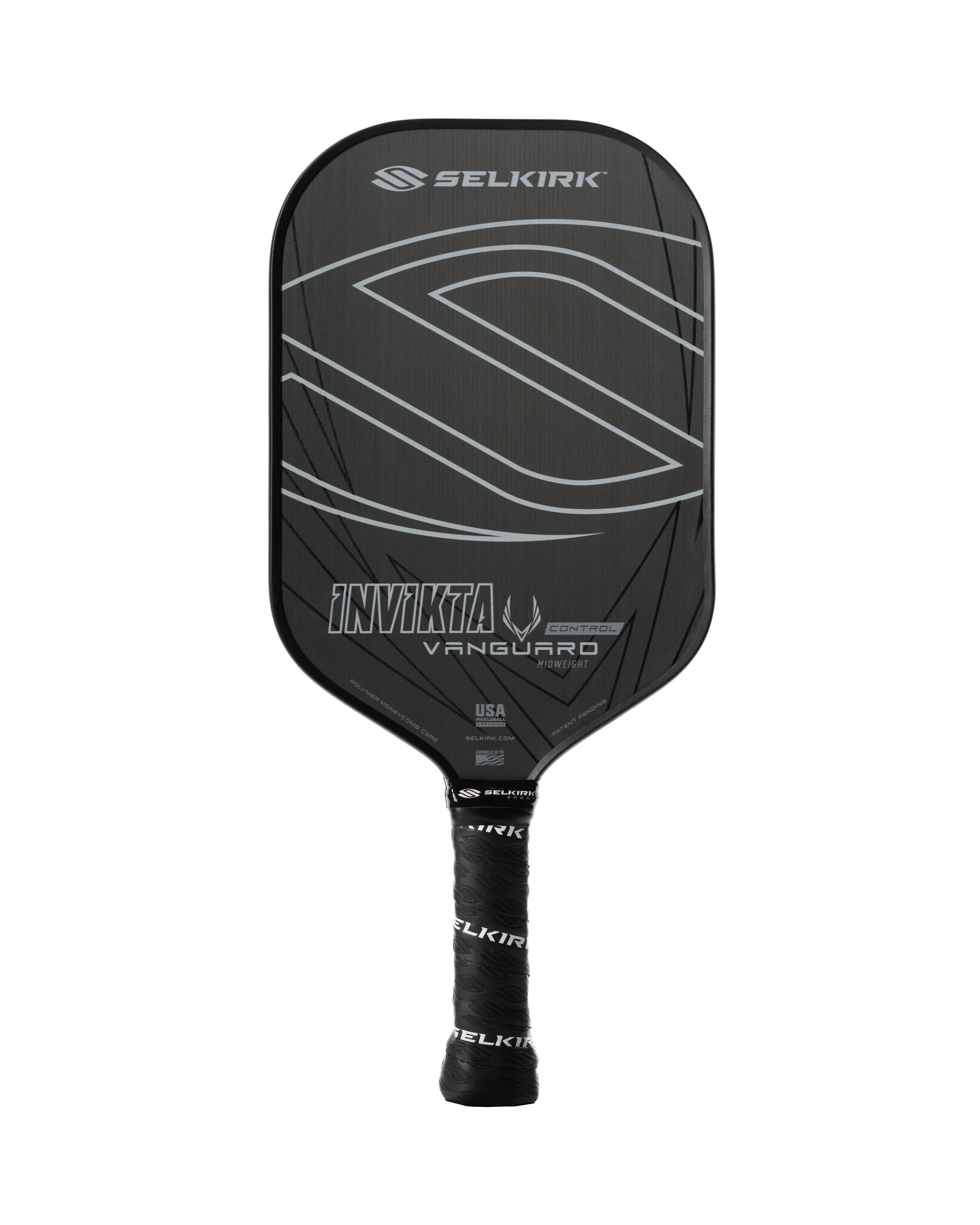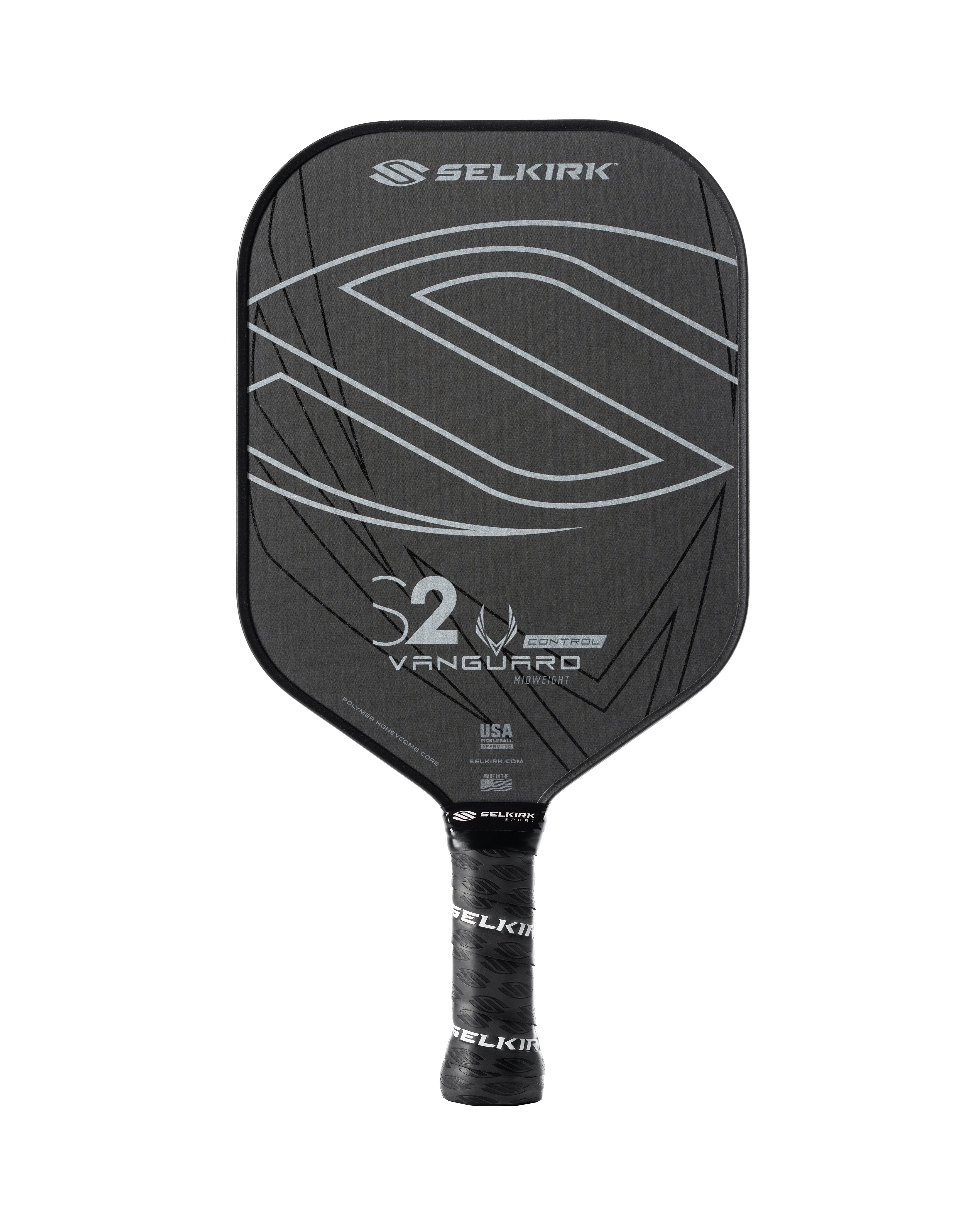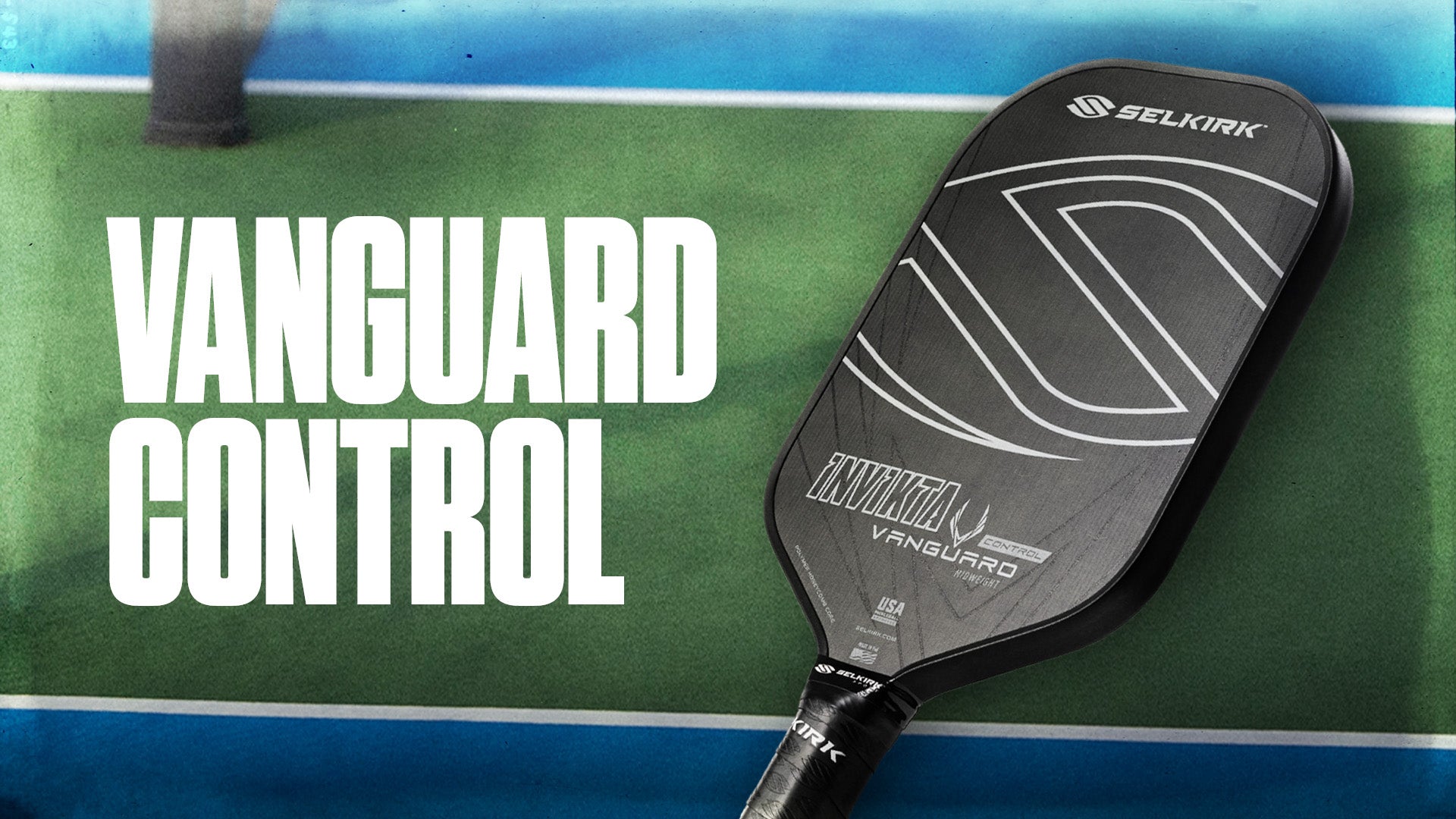Are you in the market for a new pickleball paddle? Before you make a decision, there's one crucial factor you need to understand: swing weight. Swing weight plays a significant role in how a paddle feels during gameplay, impacting your performance on the court. Let's delve deeper into this often-overlooked aspect of pickleball equipment.
What is Swing Weight?
In simple terms, swing weight refers to how heavy a paddle feels when you swing it. Unlike static weight, which is a fixed measurement of a paddle's weight at rest, swing weight is dynamic. It's influenced by various factors, including the weight distribution, length, balance, and shape of the paddle.
To grasp swing weight fully, it's essential to differentiate it from static weight and another related concept: twist weight.
Static Weight: This is the paddle's weight when it's not in motion, typically measured by placing it on a scale.
Swing Weight: Swing weight, simply put, is how heavy a paddle feels when you swing it. It is not a finite measurement like static weight is.
Twist Weight: This measures how resistant a paddle is to twisting during gameplay, affecting its stability when striking the ball.
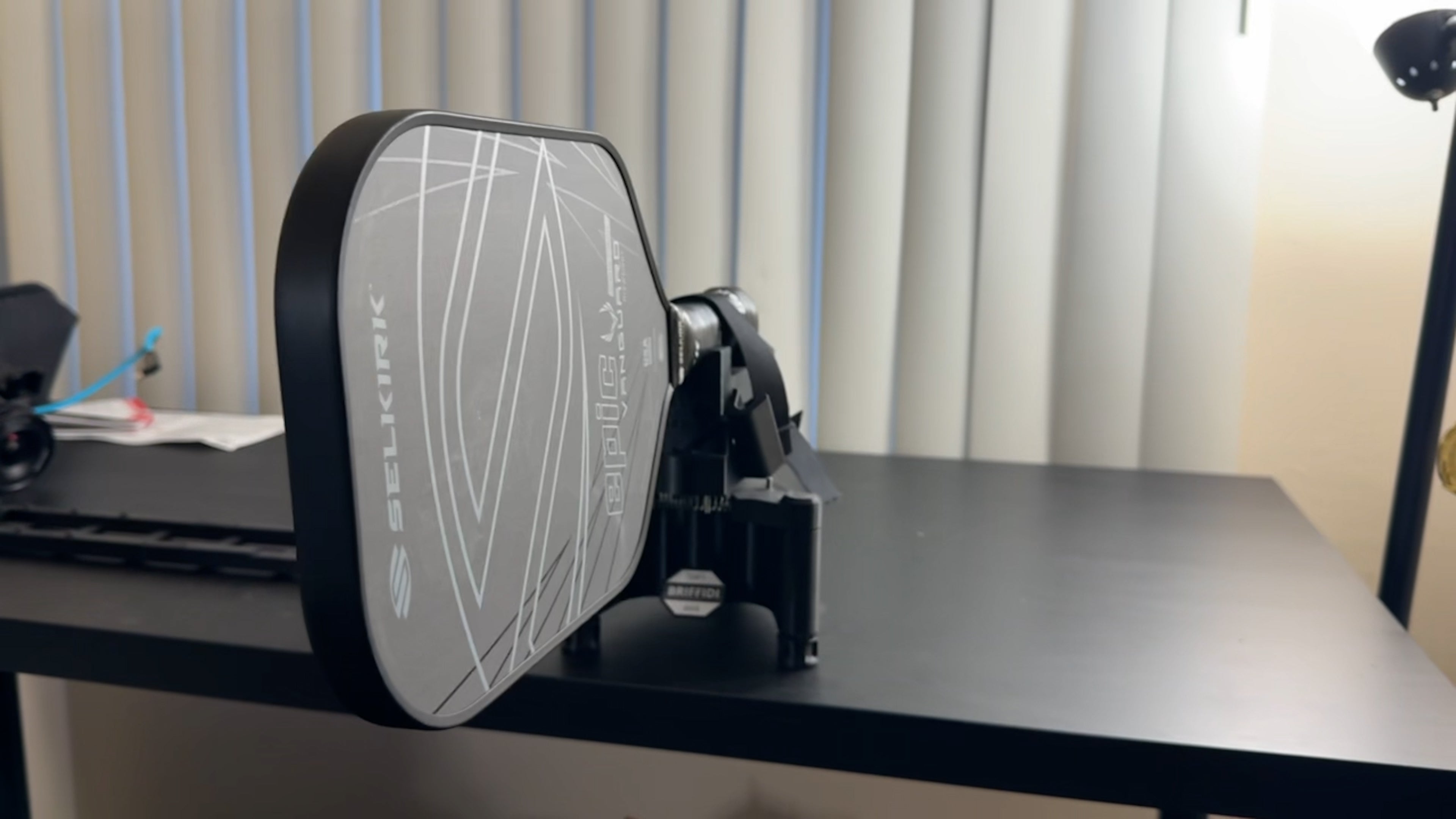
Understanding the Dynamics
The intriguing aspect of swing weight is its dynamic nature. While manufacturers commonly provide static measurements to consumers, swing weight requires movement to assess accurately. It's a key determinant of a paddle's performance, influencing its power, stability, and maneuverability on the court.
How Swing Weight Is Measured
Swing weight is typically measured using specialized equipment, such as a swing weight machine. These devices analyze the paddle's response to swinging, providing a numerical value in kg*cm^2. A higher swing weight indicates that the paddle feels heavier when swung.
Increasing swing weight involves strategically placing weight within the paddle, particularly towards the head. This enhances power by allowing players to impart more force on the ball during collisions. However, it can compromise maneuverability if the paddle becomes too head-heavy.
How do you get a heavier swing weight? Well the further you place weight away from the but cap, so the tip of the paddle head the higher the swing weight will be. To better illustrate this concept let’s take a look at a hammer.
If you swing the hammer from the handle like it was intended it’s going to feel heavy and take some more energy to maneuver. If you take that same hammer, and hold it by its head and swing it, it will feel easy to swing by comparison. We didn’t add any additional weight and the static weight did not change.

Why Swing Weight Matters
Understanding swing weight is crucial for pickleball players for several reasons:
Power: A higher swing weight enables players to hit the ball with greater force, resulting in increased speed and power.
Stability: Paddles with higher swing weights offer better stability, allowing for smoother and more controlled shots.
Maneuverability: However, excessively heavy swing weights may impede the paddle's maneuverability, affecting the player's ability to react quickly during fast-paced gameplay.
Conclusion
When shopping for a pickleball paddle, it's essential to consider swing weight alongside other factors like grip size, material, and shape. By understanding how swing weight influences performance, players can make informed decisions to enhance their gameplay experience.
So, next time you're on the hunt for a new paddle, remember the significance of swing weight. It could be the difference between dominating the court and struggling to keep up. Until next time, see you on the courts!


